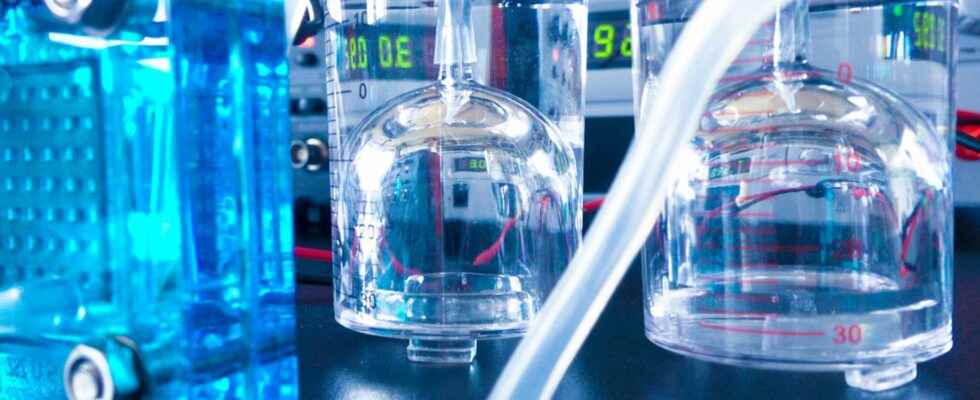In the universe, hydrogen is found everywhere. On Earth too, but it is rarely pure. In general, it is associated with other elements such as oxygen or carbon. So that it can serve the industry, it must therefore be separated from these elements.
You will also be interested
First of all, thehydrogen (H), what is it for? Many industries include hydrogen in their processes. This one thus enters for example in the methods of manufacture of theammonia. It is also used in the refining of oilthe heat treatment of metalsto the glass making, etc. In the fuel cellsit is simply one of the fuels, with theoxygen. The hydrogen car uses for example this type of batteries.
As for its production, a very large majority of the hydrogen produced today is from sources offossil fuels or of drink.
Hydrogen through reforming
The reformation of natural gas by superheated steam is a widely used process for produce hydrogen. Under the action of water vapor and heatthe atoms that make up methane (CH4) separate and rearrange into dihydrogen (H2) on the one hand and carbon dioxide (CO2) on the other hand.
Gasification produces hydrogen
In the process of gasificationof coal of wood is burned in a reactor. At very high temperature (between 1,200 and 1,500°C), the gases released reform to give H2 and carbon monoxide (CO).
Hydrogen by electrolysis
When we electrolysis water (H2O), that is to say that it is decomposed using a Electric powerwe get oxygen (O2) and H2. This process is interesting because it makes it possible to obtain pure hydrogen quite easily. But it is far from being economically profitable.
Other ways to produce hydrogen
Research teams are currently studying other production processes. Thus, there are germs which, once modified and submitted to the light of the sun, can produce hydrogen. This is also the case with photoelectrochemical cells, which electrolyze water using the energy received from the sun.
Interested in what you just read?
